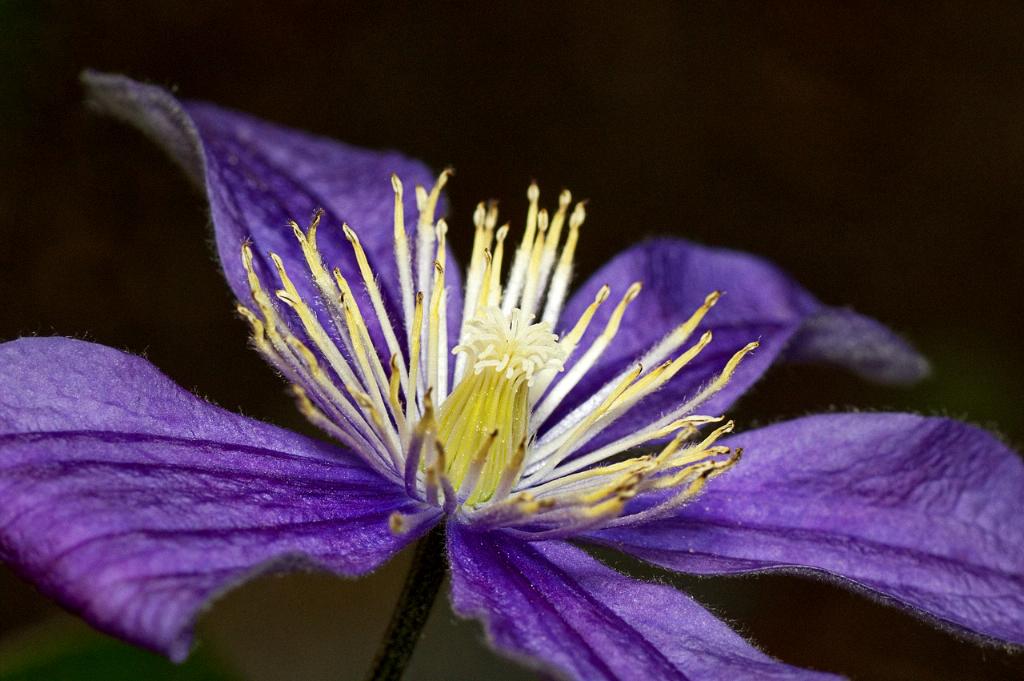If you’re a plant enthusiast or have a garden adorned with beautiful blooms, you might have come across the exquisite Clematis plant. Clematis, a genus of climbing vines that produce vibrant flowers in various shapes and colors, is a popular choice for gardens and landscaping. While these plants certainly add aesthetic appeal to your outdoor space, there is a lesser-known fact that many are not aware of – Clematis plants are poisonous.
Understanding Clematis Poisoning
When it comes to Clematis poisoning, it’s essential to recognize the potential risks associated with these toxic plants. The toxin found in Clematis plants is known as anemonin. This compound, though relatively mild compared to some highly toxic plants, can cause adverse effects on both humans and pets. Mere contact with the plant can lead to symptoms of dermatitis, while ingesting it may result in mouth ulcers and gastrointestinal distress.
Types of Poisonous Clematis Plants
Not all Clematis varieties possess the same level of toxicity. Some species of Clematis are more poisonous than others. It’s crucial to identify specific types of Clematis plants that are known to be toxic. Understanding the differences in toxicity levels among various Clematis varieties can help you take appropriate precautions to prevent poisoning incidents.
Precautionary Measures to Prevent Clematis Poisoning
For individuals who have Clematis plants in their garden or home, taking precautionary measures is key to avoiding poisoning incidents. Safety tips for handling Clematis plants include wearing gloves when working with them and washing hands thoroughly after contact. Pet owners should be especially cautious and keep their furry friends away from these potentially harmful plants.
Treatment for Clematis Poisoning
In the unfortunate event of Clematis poisoning, knowing the appropriate actions to take can make a significant difference. Immediate steps include rinsing the affected area thoroughly and seeking medical assistance promptly. Medical interventions for Clematis poisoning in humans and animals may vary, so it’s crucial to consult healthcare professionals or veterinarians for proper treatment.
Conclusion
While Clematis plants are renowned for their beauty and versatility in garden landscapes, it’s crucial to be aware of their potential toxicity. By understanding the risks associated with Clematis poisoning, identifying poisonous species, and taking necessary precautions, you can enjoy these plants safely. Remember, prevention is always better than cure when it comes to dealing with toxic plants in your surroundings.

References
Insert relevant references and sources here.
